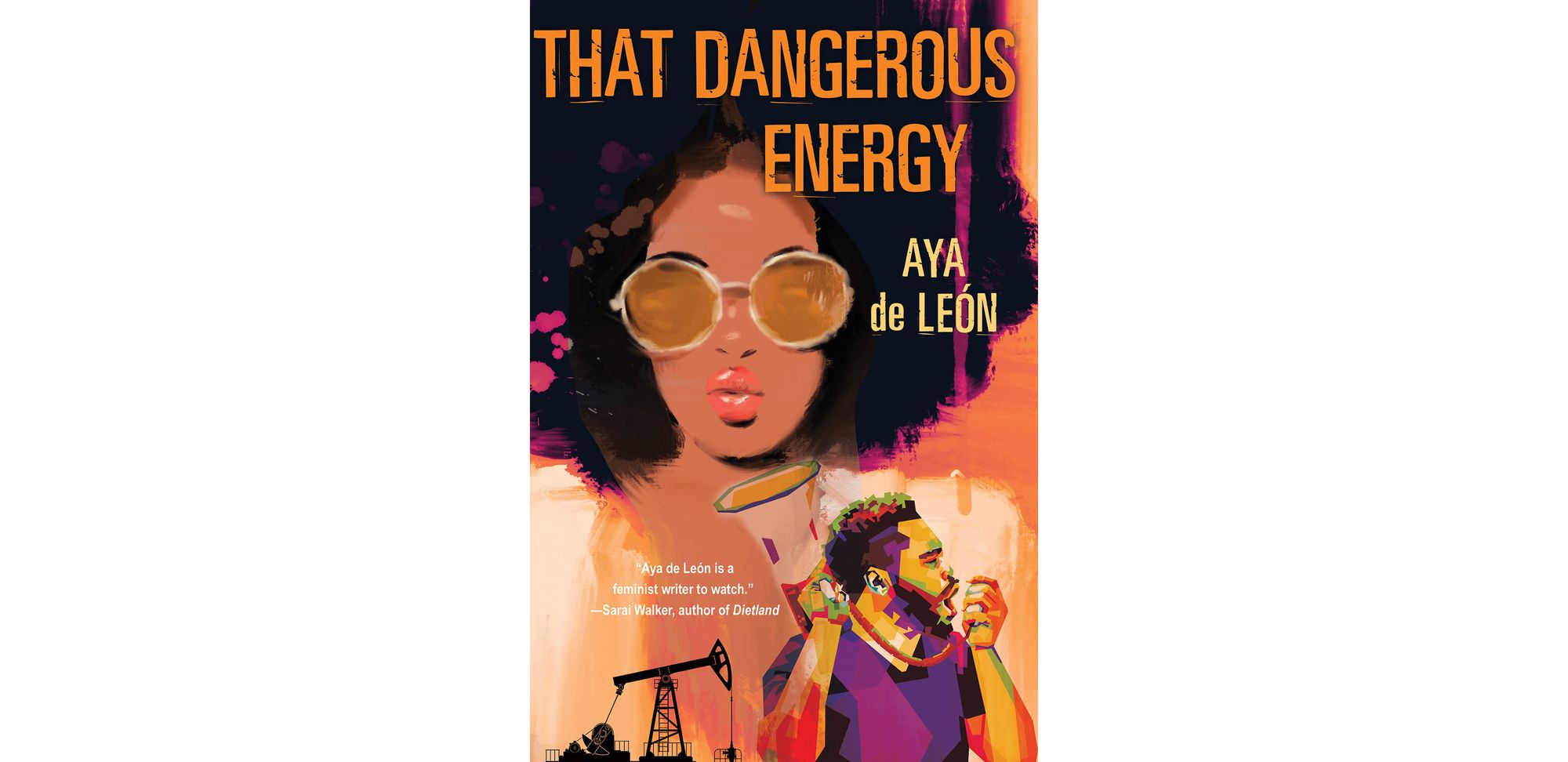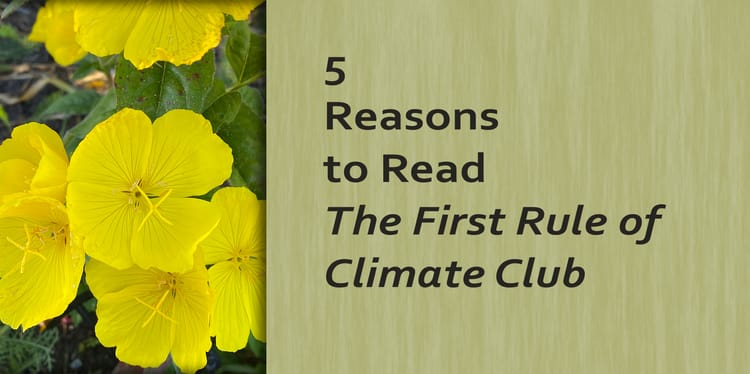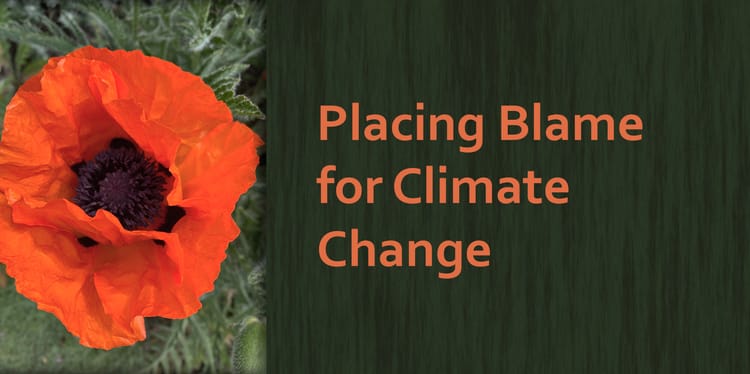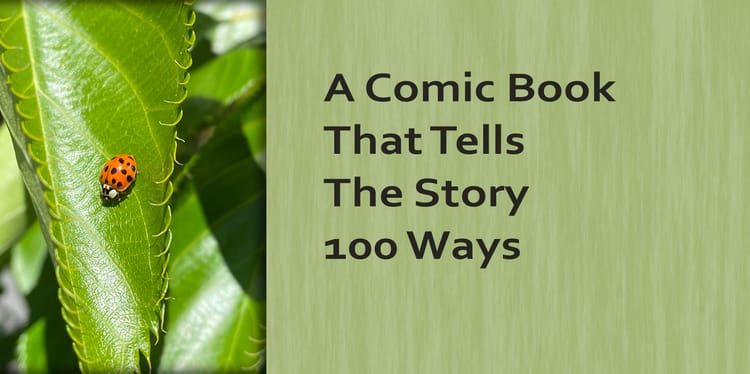Details... Getting Them Right

Details were on my mind when reading That Dangerous Energy, a fast-paced, suspenseful story by Aya de León, because de León is great at describing things. Sometimes those details drew me in, and sometimes I skimmed them. What was the difference? It all comes down to getting the details right, but often that can be out of the author’s control.

When writing any fiction, you need good research skills to make sure all the details are correct. With climate fiction, this would be doubly true since there is so much political controversy surrounding it. Reviewers and readers will criticize a book with factual errors, even in fiction, so I constantly read articles about climate science to keep up-to-date when I write. This is fundamental to getting the details right.
But there is another, more challenging facet to getting the details to work because how the writer builds detail into each scene of the story affects how the reader receives them. Too much detail can bore the reader. Too little can hamper the reader’s engagement in the story. And there are so many variables to consider including how details fit with the voice of the narrator and whether those details support the plot or flesh out the characters.
There are also factors a writer can’t control. The reader may have a strong interest or a strong aversion to the subject of those details. For instance, in Aya de León’s book, there were great details about the clothes her main character, Morgan, wore. Those details were important to getting a sense of the character and setting up the plot, but fashion doesn’t interest me, so I skimmed over those sentences. That’s not de León’s fault.
That Dangerous Energy is adult fiction, and I would say de León is writing for a female audience. She is described as a new feminist author, which showed in the details de León inserted into Morgan’s family history—the domestic abuse of great-grandmother, grandmother, and mother that sets Morgan up for her own crisis in the book. Despite the trauma, de León crafted a family backstory that showcased strength in these women as they dealt with their hardships as well as a great love for their daughters. It was very compelling. Exquisite details about quilting, which was Morgan’s creative art, also graced the page. I wondered if de León was a quilter because the joy and passion for creating quilts really came across.

Climate science details were kept to a minimum, and this was probably a good choice for the type of story de León wrote. It wasn’t a story about nature. It was set in New York City. The focus was on activism, protests, exposing greenwashing and corporate corruption. Since it was a fast-paced thriller, climate change was woven into the page-turning plot, and including too much climate science information might slow down the action.
With climate fiction, crafting appropriate details will depend on whether the reader is an ardent climate activist, an avid climate denier, or just someone who doesn’t think much about the climate crisis at all. An activist will embrace climate details if they are factually correct. The climate denier will bristle at any mention of climate change. The climate-disengaged reader will accept them, even learn from them, or get irritated when they feel it gets in the way of the story.
So, the question is: who is the audience? Is there a way to shape climate fiction details to please everyone, or must the author tailor those details for a chosen audience? Deniers would probably never consider reading the book anyway, so why try to write for them? Activists, on the other hand, will probably embrace all levels of climate details. But if the audience is the everyday reader—the climate-disengaged—the author must work at slipping in details so they don’t seem like a lecture or a message.
This can be hard. Climate science is complex. Describing it can be difficult. Because it is a new genre, and there is controversy surrounding it, any attempt to explain becomes a big red flag. There is going to be some harsh criticism, and the media can be the worst.

In a recent Washington Post review about a new dramatic series on climate themes called Extrapolations, the climate reporter Shannon Osaka complains that it “feels too educational.” I haven’t watched the show, so I can’t comment on the accuracy of her claims, but she goes on to say:
climate content in any form can feel a bit like eating your vegetables.
That is really depressing coming from a climate reporter especially because there is plenty of explaining going on in other genres. For instance, Science Fiction writers must explain how some new technology works as part of the worldbuilding that happens for each story. A police procedural explains details of evidence gathering, especially in autopsies, to help with the solving of the crime. You would expect all those details to be part of the story—a reviewer would not even blink. Adding complex details to these stories is accepted because it has become the norm. Authors of climate fiction, however, need to deal with this implicit bias against adding climate content by getting details embedded in their stories in the least “educational” way possible through dialogue, setting, plot points, or character development.
It is definitely a challenge, but readers can help by speaking up for climate fiction and creating a market for these books. As more books get published, climate science details will get normalized—as world building, as something that is expected, as necessary to the resolution of the story. Start by reaching out for a copy of That Dangerous Energy if you want to be entertained by a tense climate page-turner.





Member discussion